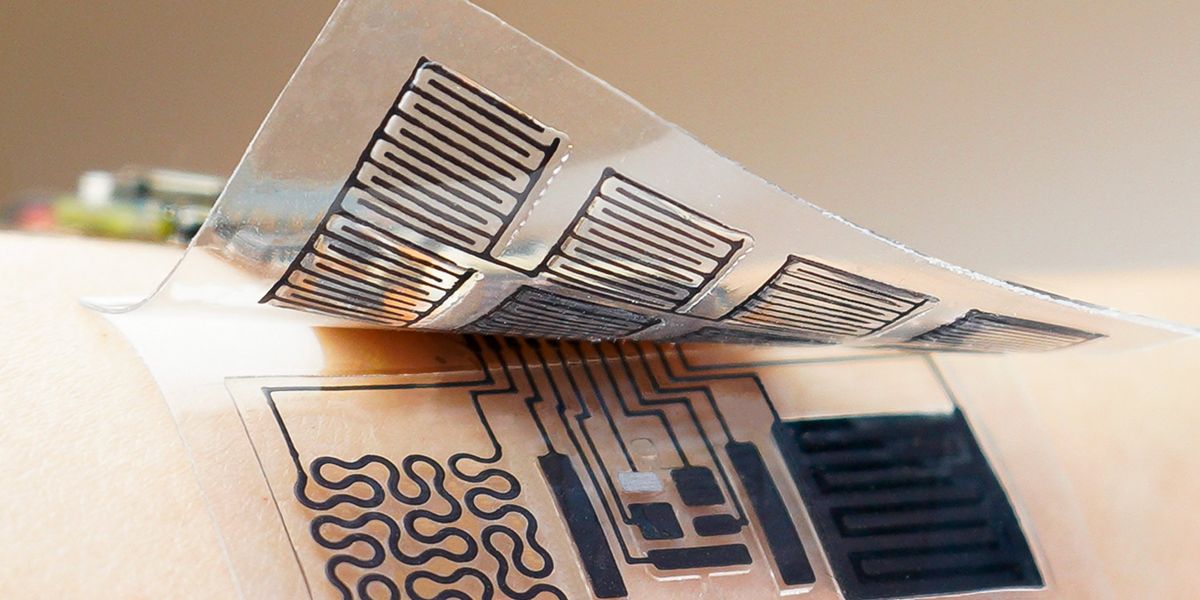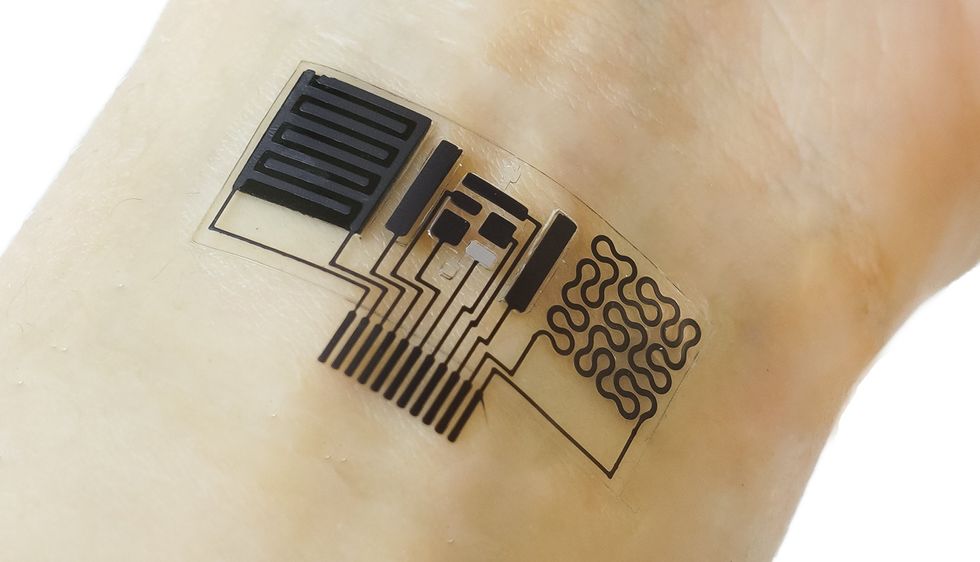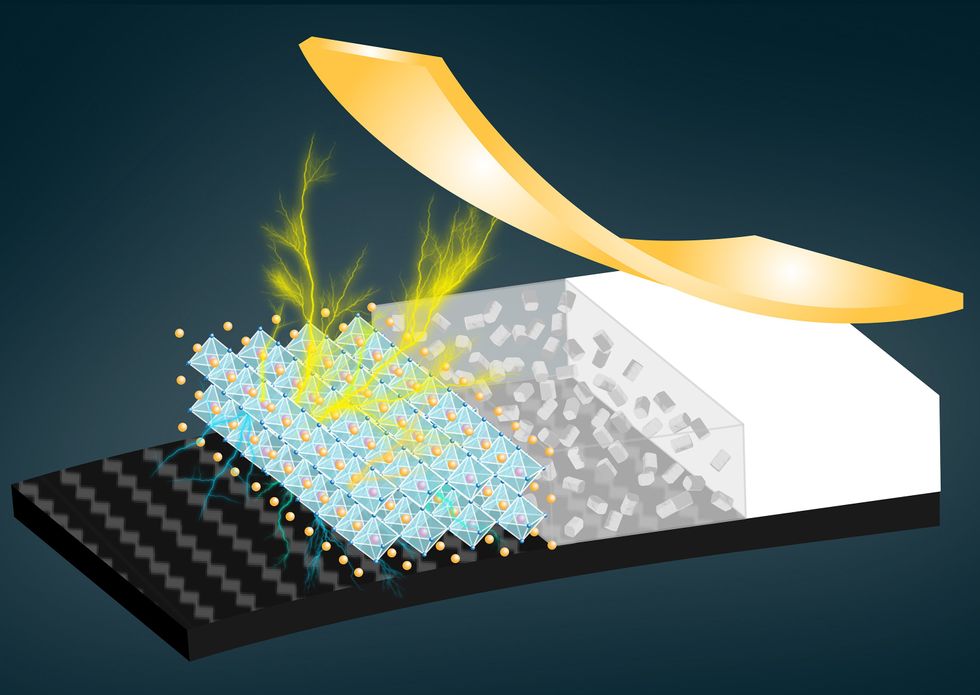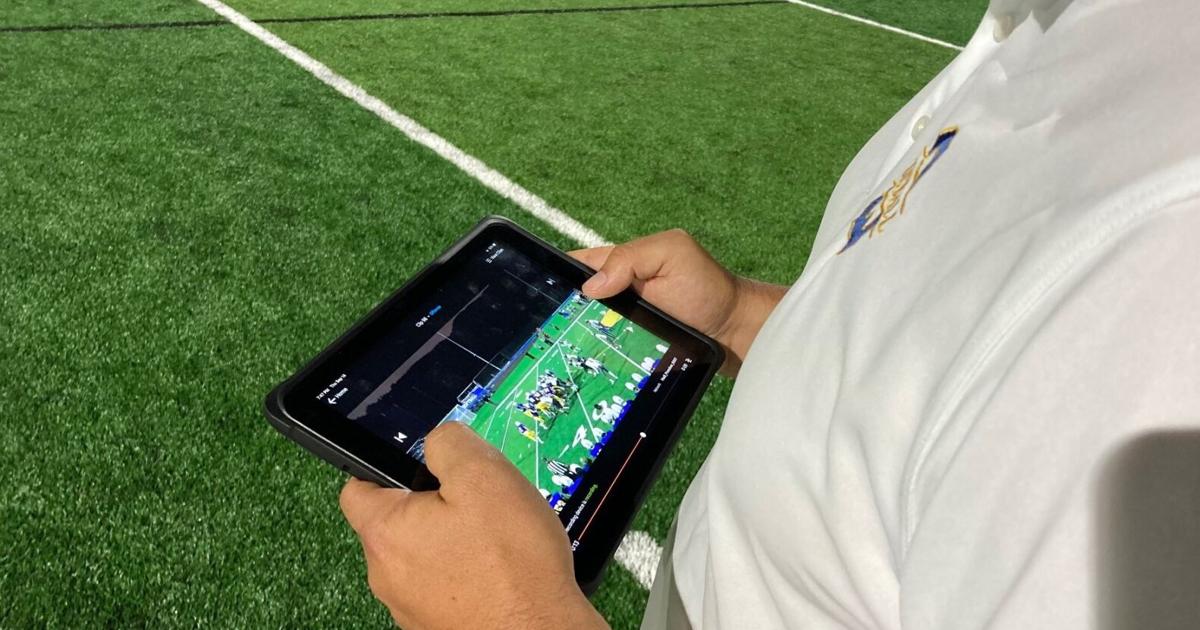Electrical power Harvesting for Wearable Technology Ways Up
7 min read
Table of Contents
Wearable equipment, like virtually every single other piece of tech, need electricity. Fortuitously, even though, at wearables’ modest electricity budgets, electricity is effectively all over the place. It is in the sun’s rays and radio waves, the skin’s sweat and overall body warmth, a person’s movement and their footfalls. And these days, know-how is maturing to the position that significant quantities of these energy giveaways can be harvested to liberate wearables from ever needing a battery. Which would seem loads beautiful to a selection of businesses and scientists.
“Energy is something we acquire for granted, since we just plug points into the wall, and it feels as unavoidable as air. But we do basically want that vitality to be created,” says Alper Bozkurt, who with Veena Misra codirects the Center for Sophisticated Self-Driven Devices of Built-in Sensors and Systems (Aid) at North Carolina Condition University.
The very best-acknowledged wearable vitality-harvesting tech now is, of study course, solar, which pulls down electrons from daylight or ambient light. But solar is just the opening gambit. There are, researchers have learned, a vast range of selections to harvest enough microwatts to swap wearables’ batteries. Between them are piezoelectric and triboelectric generators, which leverage mechanical pressure and materials’ electrostatic qualities to produce electrical power. Meanwhile, the perfectly-identified phenomenon of electromagnetic induction harvests bumps, jumps, and strides to build small but even now practical trickles of latest.
Whilst wearable gadgets don’t typically demand a great deal energy, wearables have to be, well, uncomplicated to have on. A backpack with a huge photo voltaic panel could get the job done technically, but not in actuality. A gentle human well being sensor would be no use to biologists making an attempt to keep a tracker on a bison for the relaxation of its daily life.
The selection of needs—and power sources—is obvious in a flurry of modern vitality-harvesting research, which include some hybrid get the job done that integrates a number of modalities.
The energy of breaking a sweat

California Institute of Technology’s Wei Gao created a self-powering “electronic skin.” E-pores and skin, he suggests, is a sensor-embedded system utilized instantly to pores and skin to browse and transmit health indicators like coronary heart rate, human body temperature, blood sugar, and metabolic byproducts.
“Personalized health treatment could revolutionize common health-related follow,” Gao suggests. “But to include lots of diverse varieties of sensors, we will need distinct product patterns and instruments. Not minimum of people concerns is energy storage [and generation].”
Gao’s initially e-pores and skin, made in April 2020, was made of comfortable, flexible rubber, and it harnessed the patient’s sweat to electrical power the product. Applying constructed-in gasoline cells, the gadget absorbed the lactate in the sweat and blended it with atmospheric oxygen to produce water and pyruvate. By this method the biofuels produced sufficient energy to ability both equally the e-skin’s sensors and information transmission, constantly charging a capacitor from 1.5 to 3.8 volts for about 60 hrs. (For capacitors, voltage translates to electrons saved—the voltage fall across a capacitor is proportional to its complete cost.)
Months later on Gao and his crew developed an e-skin model that used kinetic electrical power from motion to produce triboelectricity, the liberation of present from the relative motion of supplies of differing electrostatic qualities. This 2nd-generation e-skin sandwiched slender sheets of Teflon, copper, and polyimide that slide as the individual moves, creating optimum electrical power of .94 milliwatts.
The crew future turned to 3D printing. In a research claimed inScience Improvements in September, they 3D-printed the important components—physical sensors, chemical sensors, microfluidics, and supercapacitors—for a multimodal health-monitoring process identified as e3-pores and skin (epifluidic elastic digital skin).
The system works by using an array of sensors, hydrogel-coated electrodes, and far more, along with a microsize supercapacitor that in this scenario was run by a solar mobile. The precision of 3D printing permits scientists to create customized parts for early warning and diagnosis of wellbeing disorders, Gao claims.
Leveraging view tech for…bisons?
Significantly discuss of wearable technological know-how focuses on wellbeing or other human needs. But biologists are also looking at electricity harvesting for the monitoring of animals, as latest technologies is insufficient. Batteries die right before animals do. Photo voltaic will not perform for nocturnal animals or creatures in very low-gentle environments. A minimal system that harvests vitality from a runner’s night jog obviously is not created for a substantial bison, which can weigh up to a tonne.

All those challenges influenced groups of scientists at the College of Copenhagen, the Specialized College of Denmark, and Germany’s Max Planck Institute of Animal Actions to construct a greater wearable-measurement generator for their applications: tracking wild animals for, ideally, their whole life. That intention is currently out of reach—using battery- and photo voltaic-driven devices—for most mammalian species.
In operate posted inPLoS Just one in May perhaps, they detailed the Kinefox, a GPS tracker that wildlife can recharge just by shifting. The staff tested their units with three species: four domestic canine, an Exmoor pony, and a European bison.
The crew was impressed by self-winding watches, which have existed considering that the late 18th century and remodel wrist movement into electricity. So the researchers bought a industrial microgenerator developed for wearable and IoT units named the Kinetron MSG32. They combined it with a lithium-ion capacitor and a customized GPS-enabled tracker that transmits info by way of the Sigfox very low-electrical power wireless community.
“We preferred to acquire the things presently established and use it off the shelf for animal monitoring, even even though it isn’t intended for that,” suggests Troels Gregersen, visitor scientist at the Max Planck Institute of Animal Conduct.
The researchers’ initially edition fitted the Kinefox to the animals’ current collars and harnesses to observe and discover.
Having said that, Gregersen says, “the very first collar we put on the bison bought ruined immediately. They’re 900-kilo animals that operate up towards trees. It is not a use circumstance in human wearables.”
Having outcomes from the to start with variation, the crew finally created a personalized tracker and collar. They glued the microgenerator’s pendulum-primarily based computerized-look at movement to a ferromagnetic ring, putting the blend around a coil of copper wire. As the pendulum swings back again and forth with the animal’s motion, the ring produces an alternating latest in the coil—and a voltage-doubling circuit transforms it into immediate present-day.
“There’s a good deal of benefit in becoming ready to place a tracker as soon as, when the animal is born, or only having to tranquilize it as soon as,” Gregersen states. “If a little something can transmit new styles of information, or it can last extended than just about anything else, it has an application and it has price.”
Kinefox is open supply, with files posted on GitHub. And in which a common wildlife tracker fees €3,500 to €4,000, the Kinefox prices about €270 in components, in accordance to researchers at Max Planck.
In the future, Do-it-yourself might not even be essential. The crew is in talks with the Tilburg, Netherlands–based business Kinetron to make a microgenerator developed particularly for animals, fairly than self-winding wristwatches, Gregersen says.
Worries: Sustainability and business collaboration

Wanting to the long run extra broadly, some scientists are concentrated on combining unique elements and building electricity-harvesting devices from far more sustainable resources. A crew such as researchers from Japan’s Tohoku College just lately formulated a long lasting, effective power harvester that brings together piezoelectric composites with carbon-fiber-reinforced polymer (CFRP).
The team fabricated their gadget applying CFRP, sodium potassium niobate (KNN) nanoparticles, and epoxy resin. And even following 100,000 works by using, claims Yaonan Yu, a graduate student at Tohoku and co-author of the analyze, the product could however keep the electrical power it generated.
This mixture of strength and vitality era could be used in several forms of wearables and Web of Items applications, together with infrastructure programs to reinforce bridges and highways that perception when a crack, pothole, or other problems seems, Yu says.
The sweet spot, suggests Bozkurt of the Support centre, will be in info analysis—and matching the electricity-harvesting abilities to accumulate and transmit the knowledge that people definitely need.
“If I measure your heartbeat in picoseconds, that would be a squander simply because your coronary heart does not defeat that promptly,” he claims. For one undertaking, “we asked professional medical medical doctors, ‘How a lot facts do you have to have?’ They claimed, ‘We really do not know. We see our patients every single month, so if we get more than one month to month reading it’ll be an advancement.’ That was some point of view.”
From Your Website Content articles
Linked Article content About the Website






